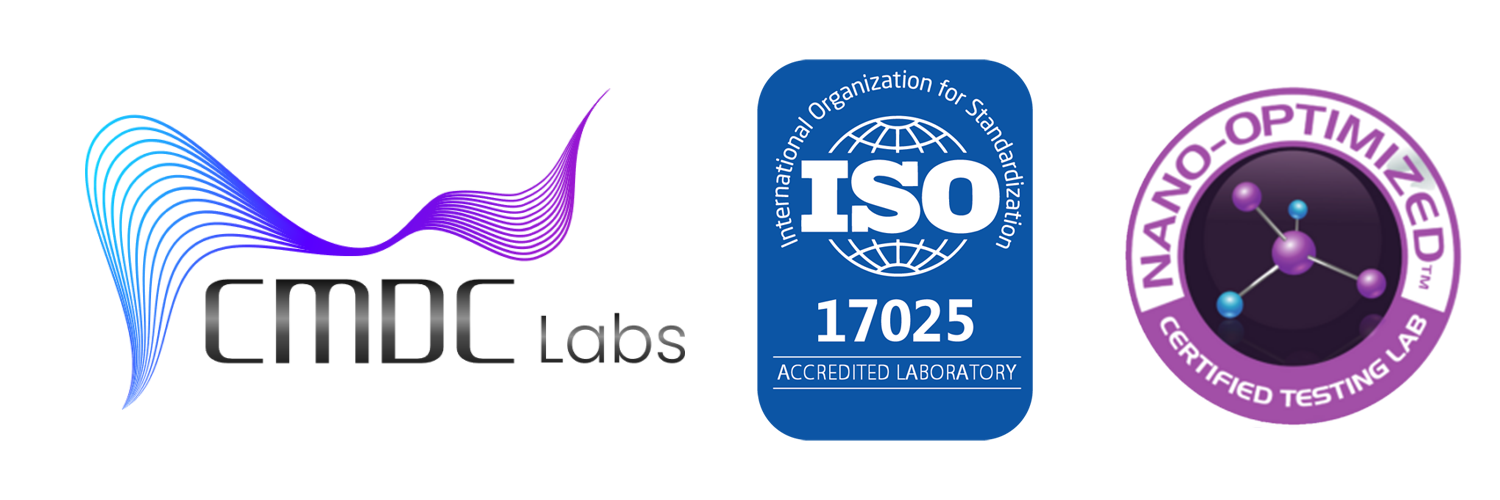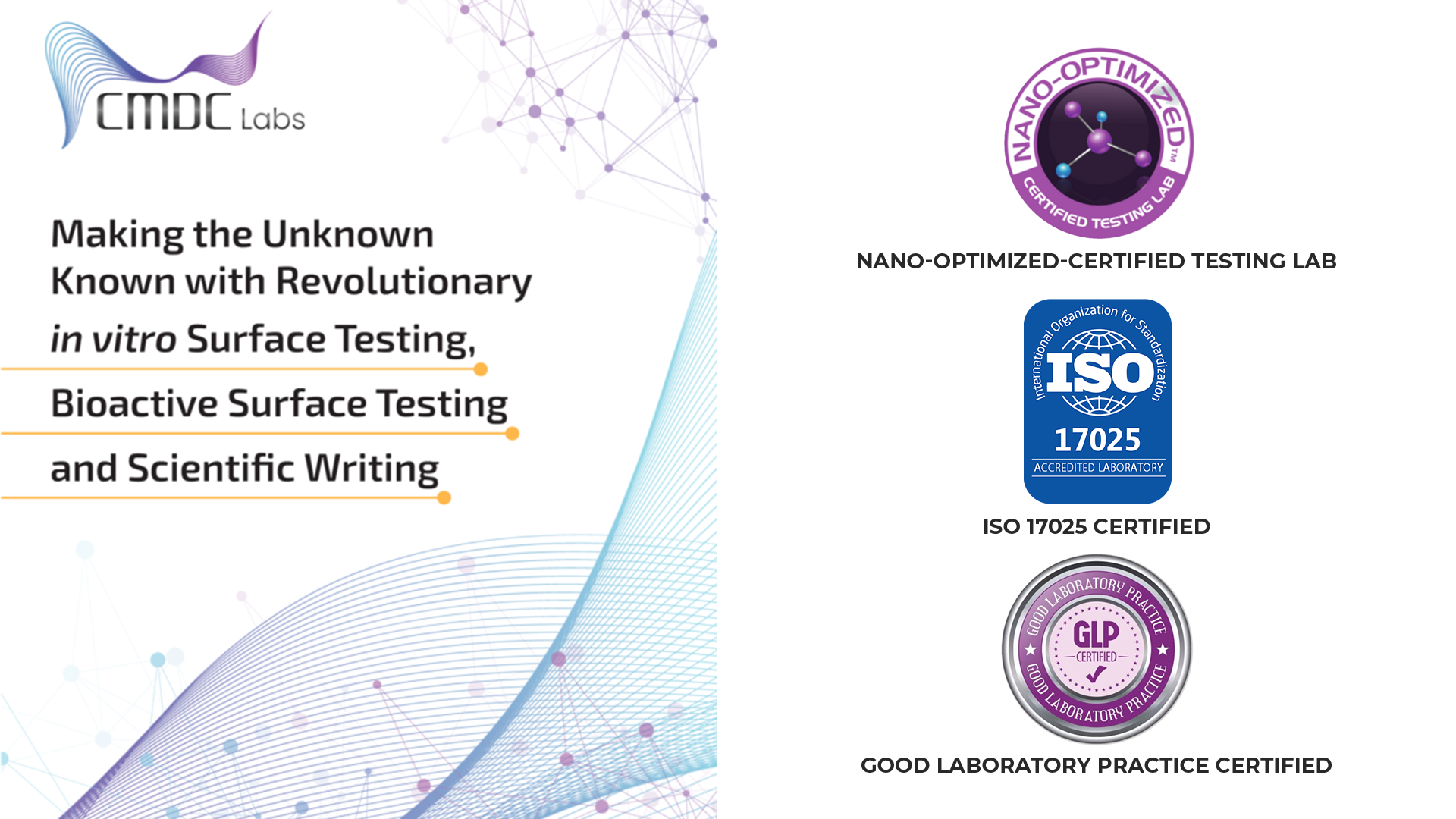In today’s global food economy, consumers rarely stop to consider how far their ingredients have traveled before reaching their plates. From spices and herbs to frozen produce, canned goods, powders, and specialty oils, the U.S. food supply relies heavily on international sourcing. This global network makes food more diverse and accessible, but it also introduces a critical challenge:
What happens when the government inspections designed to verify the safety of imported food dramatically decline?
That question has moved from theoretical to urgent. Recent reporting shows that foreign food safety inspections by U.S. authorities have dropped to historic lows, reducing oversight of facilities that supply ingredients and finished products to American manufacturers.
For food processors and brands, this creates a new reality:
Even if contamination occurs abroad, the responsibility for safety ultimately lands in the United States.
This shift places laboratories and independent verification programs at the front line of protecting public health — filling the gap left by reduced government oversight.
And for companies committed to consumer trust, relying solely on foreign safety assurances is no longer enough.
The Global Food Chain: Vast, Complex, and Increasingly Difficult to Monitor
The U.S. imports:
- more than 90% of its seafood,
- a large portion of spices and dried herbs,
- significant volumes of fresh and frozen produce,
- numerous specialty ingredients used in processed foods and supplements.
Each product may pass through:
- multiple farms,
- processors,
- packers,
- storage facilities,
- shipping intermediaries.
At every step, contamination risks can occur. These include:
- Salmonella and Listeria in plant-based ingredients,
- E. coli in fresh produce,
- undeclared allergens through cross-contact,
- chemical residues,
- foreign materials,
- improper sanitation and temperature control.
Under normal circumstances, foreign inspections act as a quality filter, helping ensure facilities exporting to the U.S. meet acceptable safety standards.
But when inspections decline, the U.S. receives more ingredients with fewer verified safety checks.
This increases the risk that contamination:
- goes undetected,
- travels through the supply chain,
- reaches domestic processors,
- and ultimately affects consumers.
Why Foreign Inspections Have Declined — and Why It Matters
A combination of factors has contributed to historically low inspection numbers:
- travel restrictions,
- resource limitations,
- staffing constraints,
- geopolitical access issues,
- shifting agency priorities.
Regardless of the reasons, the outcome remains the same:
Less visibility into conditions at overseas facilities that supply American food manufacturers.
For U.S. processors and brands, this translates into:
- uncertainty about supplier sanitation practices,
- limited insight into environmental monitoring programs abroad,
- delayed detection of contamination sources,
- higher risk of costly recalls.
This decline does not automatically mean imported food is unsafe. Many international producers maintain high internal standards.
However…
Without verification, confidence becomes assumption, and assumption is not a food safety strategy.
The Hidden Nature of Ingredient Contamination
One of the most significant challenges in imported food safety is that contamination often occurs at the ingredient level, long before products reach U.S. processing plants.
Examples include:
- powdered ingredients exposed to contaminated drying equipment,
- spices stored in humid environments,
- dried herbs processed alongside raw agricultural goods,
- plant-based powders handled in facilities lacking robust sanitation controls.
By the time these ingredients are incorporated into:
- sauces,
- seasonings,
- ready-to-eat meals,
- supplements,
- beverages,
the contamination may be:
- diluted,
- masked,
- or integrated into the final product.
This makes detection more difficult and increases the chances that contamination is not discovered until:
- consumers become ill,
- outbreaks trigger investigations,
- or recalls are initiated.
Why U.S. Food Companies Cannot Rely Solely on Supplier Claims
When foreign inspections decrease, manufacturers may receive documentation stating that ingredients are:
- “tested,”
- “certified,”
- “verified,”
- or “compliant.”
The challenge is that:
- testing methods vary,
- regulatory standards differ,
- documentation may not reflect current facility conditions,
- and verification may not be independent.
Without third-party testing, U.S. processors risk accepting paperwork that does not accurately represent safety performance.
This is especially critical for:
- ready-to-eat products,
- supplements,
- infant foods,
- beverages,
- high-moisture foods,
- and products with minimal kill steps.
In these categories, even low-level contamination can lead to serious consequences.
The Cost of Contamination: More Than Recalls
When contamination goes undetected and reaches consumers, the impact can include:
- illness,
- hospitalization,
- brand damage,
- supply disruption,
- legal expenses,
- destroyed inventory,
- lost retail partnerships.
For many companies, the financial impact of a recall far exceeds the cost of proactive testing.
This is where independent laboratories become essential — not just for compliance, but for risk management and brand protection.
The Growing Role of Independent Testing Laboratories
As foreign oversight decreases, the U.S. food industry increasingly turns to domestic laboratories to verify ingredient safety before products enter the supply chain.
Independent laboratories like CMDC Labs provide:
- microbiological testing,
- pathogen screening,
- environmental analysis,
- contaminant detection,
- allergen verification,
- and chemical residue analysis.
These services give manufacturers:
- objective data,
- traceable documentation,
- and confidence that ingredients meet safety expectations.
How CMDC Labs Helps Fill the Verification Gap
With reduced foreign inspection activity, CMDC Labs supports food companies by offering:
1. Import Testing Programs
Testing ingredients upon arrival to verify:
- pathogen presence,
- microbial load,
- sanitation indicators.
This prevents contaminated inputs from entering production.
2. Contaminant Screening
Detection of:
- Salmonella,
- Listeria,
- E. coli,
- molds and yeasts,
- chemical residues.
This is especially valuable for ingredients that do not undergo a kill step in processing.
3. Environmental Monitoring Support
Helping manufacturers assess risks within their own facilities, reducing the chance that contamination introduced through imports spreads internally.
4. Validation and Documentation
Providing:
- test reports,
- certificates of analysis,
- traceable records
that support retailer and regulatory expectations.
Why Proactive Testing Builds Consumer Trust
Consumers increasingly expect transparency in:
- ingredients,
- sourcing,
- and safety practices.
Companies that invest in independent verification can:
- market higher safety assurance,
- build stronger brand loyalty,
- maintain retailer confidence.
Food safety is no longer just about meeting minimum standards — it is about demonstrating responsibility.
The New Food Safety Reality
With fewer foreign inspections, U.S. companies must take greater ownership of verifying ingredient safety.
The new model is shifting from:
“Assume safety unless proven otherwise”
to:
“Verify safety before production.”
Independent testing is becoming a cornerstone of that shift.
Conclusion: Verification Is the New Oversight
The global food system will continue to evolve, and international sourcing will remain essential.
But when government oversight decreases, the risk of hidden contamination increases.
For U.S. food manufacturers, importers, and brands, the most effective response is clear:
- verify ingredients,
- invest in independent testing,
- strengthen internal monitoring,
- and prioritize consumer safety.
Through comprehensive pathogen detection, contaminant screening, and verification programs, CMDC Labs helps companies maintain safety and confidence in a world where oversight can fluctuate.
Sources: ProPublica, FDA.gov, CDC.gov, FoodSafety.gov.

